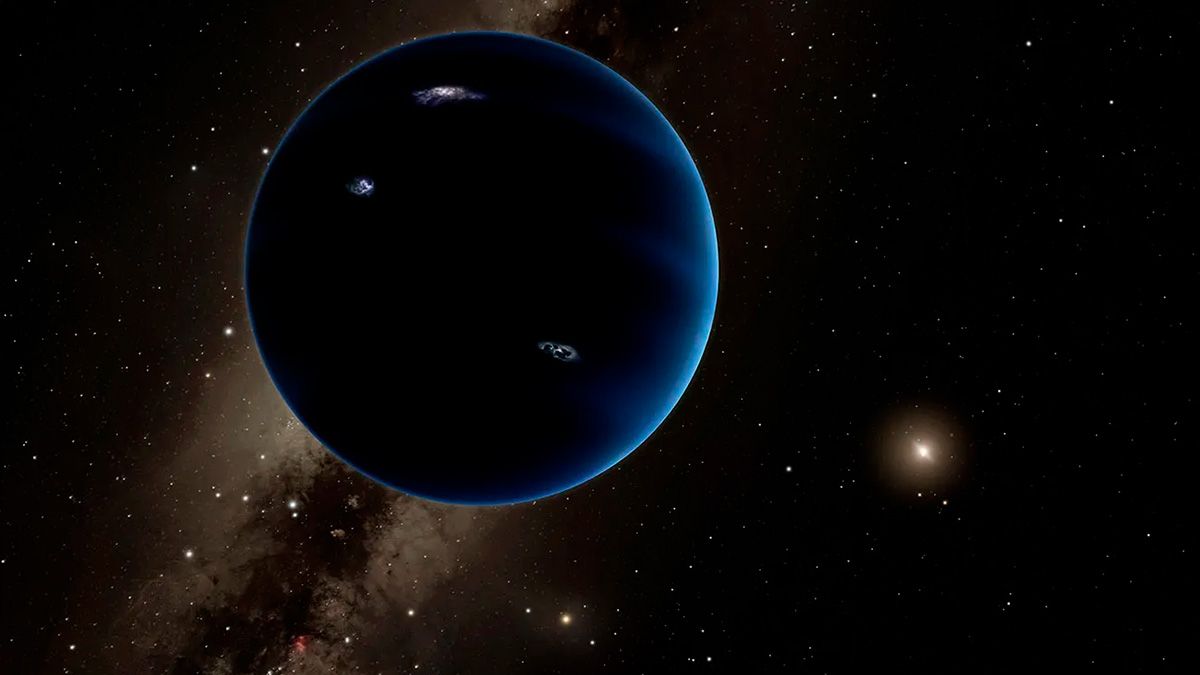Two international teams of researchers in astronomy, who worked separately, discovered an exoplanet similar to Earth 40 light years away. Could be a little hotterthan our planet.
It is a potentially habitable planet, which they called “Gliese 12b”. It orbits its host star every 12.8 days and It is comparable in size to Venus. It is slightly smaller than Earth.
What the Giliese 12b researchers knew
At Gliese 12 b, the estimated surface temperature is 42°Celsius, lower than that of most of the 5,000 exoplanets confirmed so far. It is located within the habitable zone of its starmaking it a promising candidate for scientists to further study its atmosphere with the powerful James Webb Space Telescope.
planet.webp
Scientists from Japan, Australia, the United States, and other countries found an exoplanet intermediate in size between Earth and Venus
It is the closest temperate exoplanet to date detected through the transit method, that is, by observing the periodic dimming of its star caused by the passage of the planet.
“To date we only know a handful of transiting planets that are close enough to us and that meet the necessary criteria for this type of study; Gliese 12 b, is an exceptional candidate “which will help us better understand the diversity of atmospheres around temperate Earth-like planets,” he said. Enric Pallé, from the Institute of Astrophysics of the Canary Islands, Spainwhich was part of the investigation.
All the planets in the solar system orbit the Sun. Instead, Planets that orbit other stars, like Gliese 12b, are called “exoplanets.”
Exoplanets are very difficult to see directly with telescopes. They are hidden by the bright glow of the stars than those they orbit around.
To make The discovery of the new exoplanet combined data obtained from space and terrestrial telescopes. On the one hand, the satellite was used TESS from NASA and other facilities such as CARMEN ISat the Calar Alto Observatory (CAHA), and MuSCAT2installed on the Carlos Sánchez Telescope (TCS) in the Teide Observatorylocated on the island of Tenerife.
It was detected through “transit method”, that is, observing the periodic dimming of its star caused by the passage of the planet. When a planet passes in front of its star, it is known as “transit”. When the planet transits in front of the star, it covers a little of its light. That means the star will look a little less bright when the planet passes in front of it.
Astronomers can observe how a star’s brightness changes during a transit. This can help them figure out the size of the planet.
The United States space agency, NASA, said that “Gliese 12 b is a superterrestrial exoplanet orbiting an M-type star. Its mass is 3.87 Earths. It takes 12.8 days to complete one orbit around its star.
Since its star is much smaller than the Sun, Gliese 12b is located within the habitable zone (the ideal distance from a star where liquid water can exist), even though it completes its orbit every 12.8 days.
Scientists calculated that its surface temperature is around 42 degrees Celsius. “We have found the closest transiting, temperate, Earth-sized world located to date,” he said. Masayuki Kuzuharaassistant professor of the project at the Tokyo Astrobiology Center and co-leader of one of the research teams with Akihiko Fukui, a project assistant professor at the University of Tokyo, Japanit’s a statement.
Gliese 12b It is then the closest temperate exoplanet of similar size to Earth detected so far. “Although we still don’t know if Gliese 12 b has an atmosphere, we have been thinking about him like an ‘exovenus‘, with a size and energy received from its star similar to those of our planetary neighbor in the Solar System,” said Dr. Kuzuhara, who published with his team the results of the discovery in the journalThe Astrophysical Journal Letters.
Although it was estimated that the surface temperature of Gliese 12 b is around 42 degrees, The final temperature will depend on whether this planet was able to retain an atmosphere (and its composition) from the moment it was formed to the present moment.
The exoplanet orbits its host star every 12.8 daysknown as Gliese 12, which has only one 27% the size of the Sun and 60% of its surface temperature.
The distance that separates Gliese 12 of the exoplanet is 7% of the distance between the Earth and the Sun. Therefore, Gliese 12b receives 1.6 times more energy from its star than the Earth does from the Sun.
“Gliese 12 b represents one of the best targets to study whether Earth-sized planets orbiting cool stars can retain their atmospheres.”a crucial step to advance our understanding of the habitability of planets throughout our galaxy,” he said. Shishir Dholakia, an astrophysicist at the University of Southern Queensland, Australia, and principal investigator of the other team that made the discovery. They published in the journal Monthly Notices of the Royal Astronomical Society.
Source: Ambito




